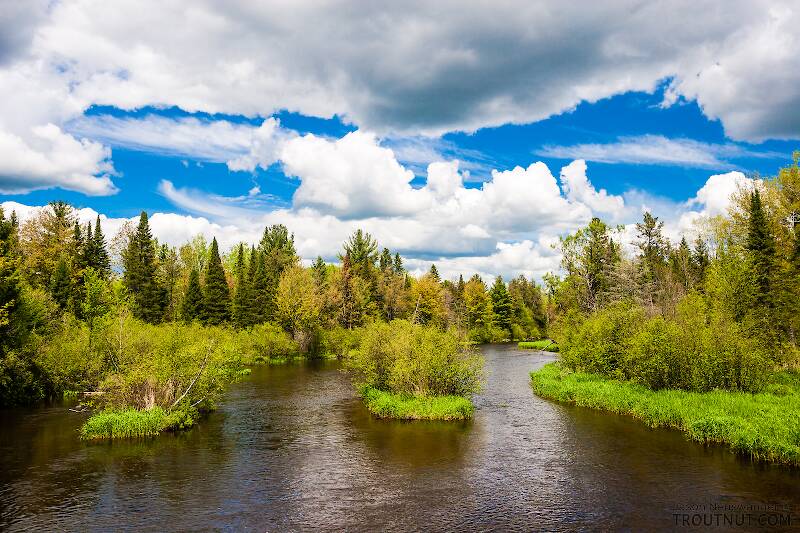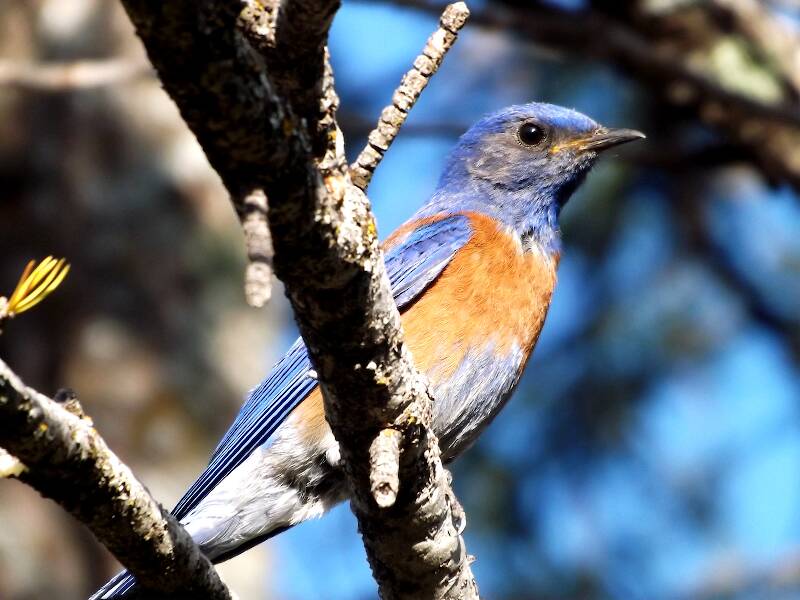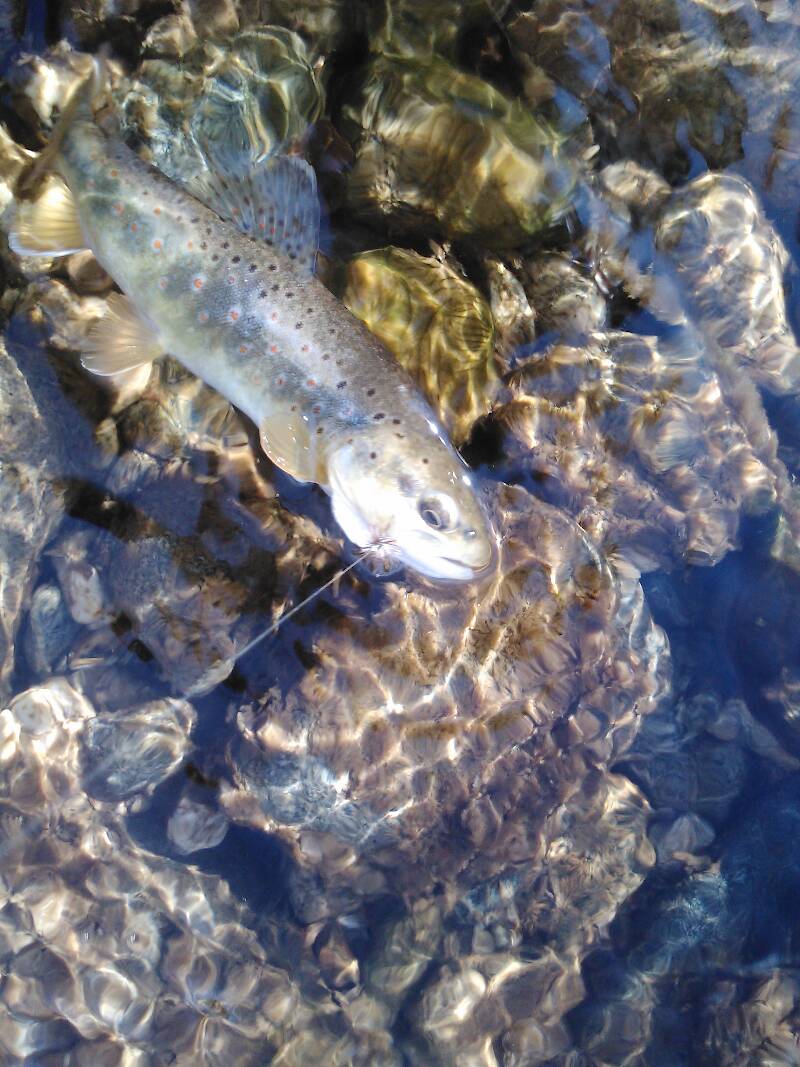
Hex Mayflies
Hexagenia limbata
The famous nocturnal Hex hatch of the Midwest (and a few other lucky locations) stirs to the surface mythically large brown trout that only touch streamers for the rest of the year.
Featured on the forum


Troutnut is a project started in 2003 by salmonid ecologist Jason "Troutnut" Neuswanger to help anglers and
fly tyers unabashedly embrace the entomological side of the sport. Learn more about Troutnut or
support the project for an enhanced experience here.
Arnold on Oct 10, 2017October 10th, 2017, 11:04 am EDT
The website (below) has a very comprehensive, technical review of the most common fly line to leader connections. It was authored by a New Zealand fly fishing guide, now guiding in Southeast Asia.
https://www.ng-river-guides.com/fishing-holidays-in-thailand/line-to-leader-connections/
I recommend taking a look at it.
Happy Fishing,
Arnold
https://www.ng-river-guides.com/fishing-holidays-in-thailand/line-to-leader-connections/
I recommend taking a look at it.
Happy Fishing,
Arnold
Iasgair on Oct 24, 2017October 24th, 2017, 12:41 pm EDT
I have always liked the welded loop attachment. I have never had an issue with that type of connection, but the leader link near the bottom of the page has my interest. I have never heard of those before, and reading about them sure has my attention.
Thanks for sharing.
Thanks for sharing.
Martinlf on Oct 25, 2017October 25th, 2017, 4:25 pm EDT
Here's basically how I do all mine. You have to replace these each year, but I've never had one fail, and the link is super smooth.
https://www.youtube.com/watch?v=BjSxn0O9qAk
https://www.youtube.com/watch?v=BjSxn0O9qAk
"He spread them a yard and a half. 'And every one that got away is this big.'"
--Fred Chappell
--Fred Chappell
Quick Reply
Related Discussions
Topic
Replies
Last Reply
Re: Anyone know more about Ephemerella septentrionalis?
In the Mayfly Species Penelomax septentrionalis by Troutnut
In the Mayfly Species Penelomax septentrionalis by Troutnut
11
Jul 18, 2011
by Oldredbarn
by Oldredbarn




